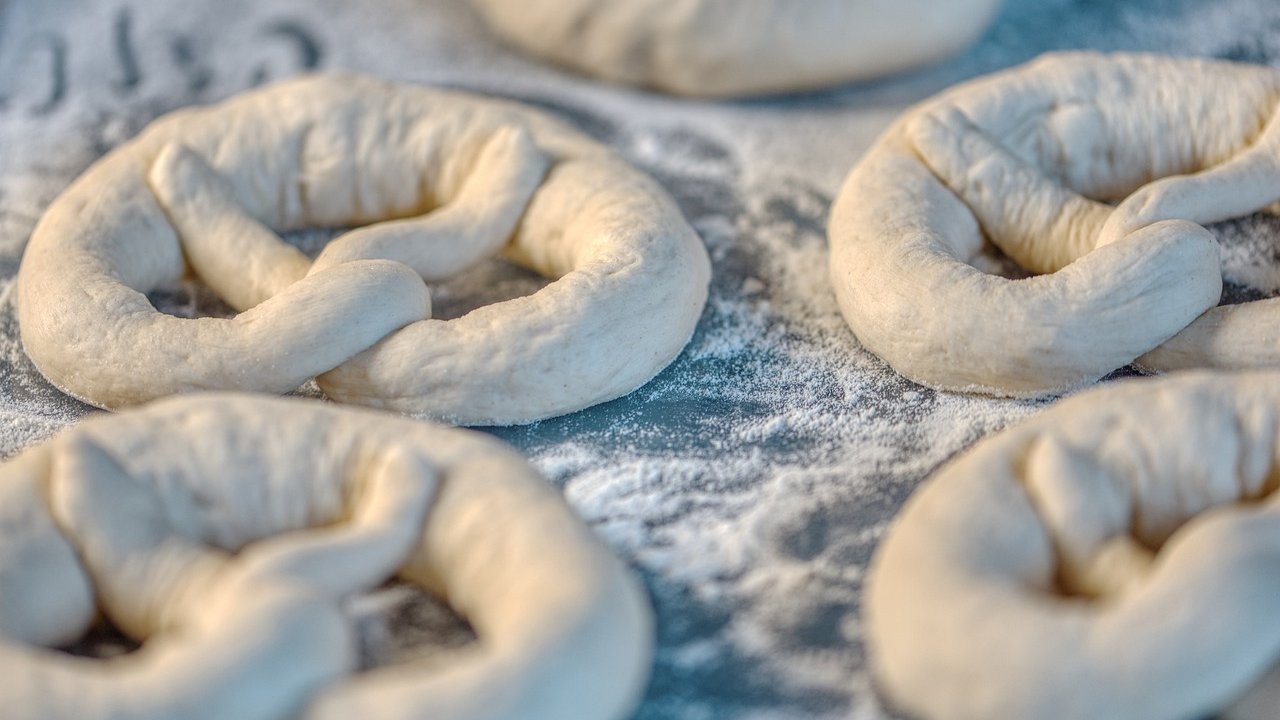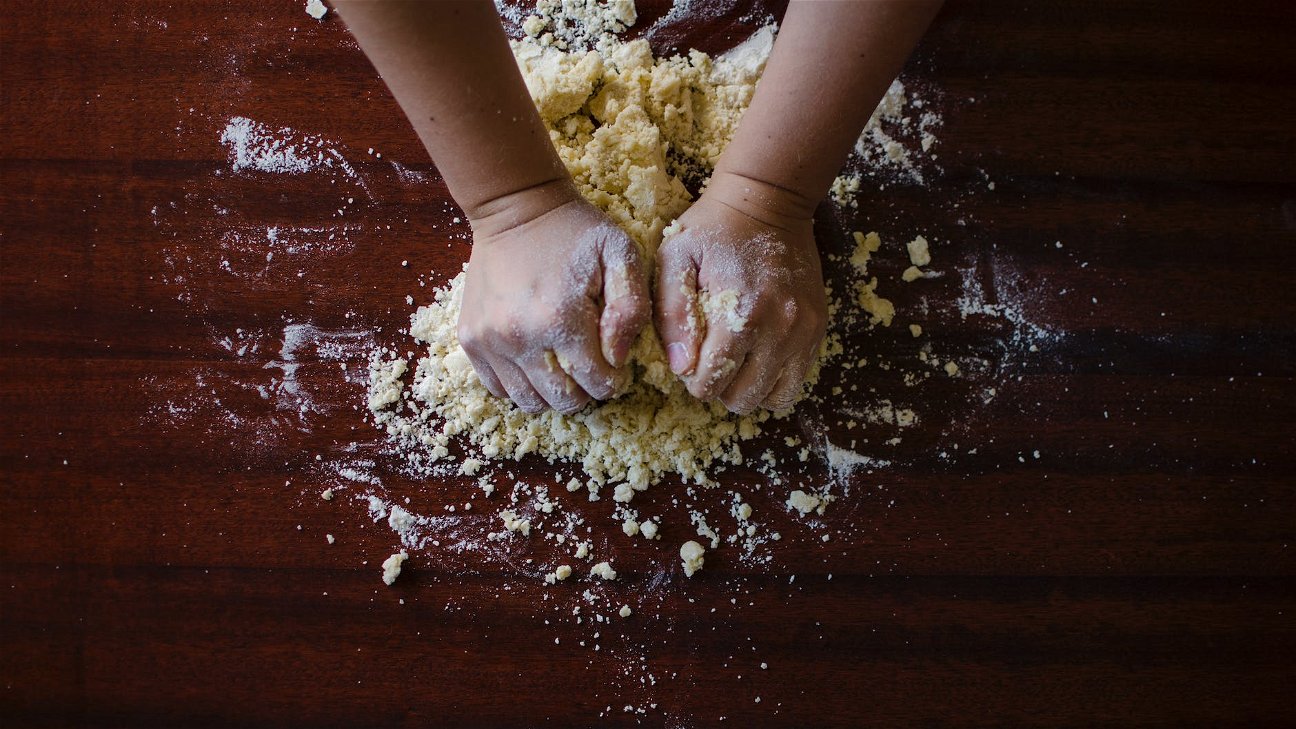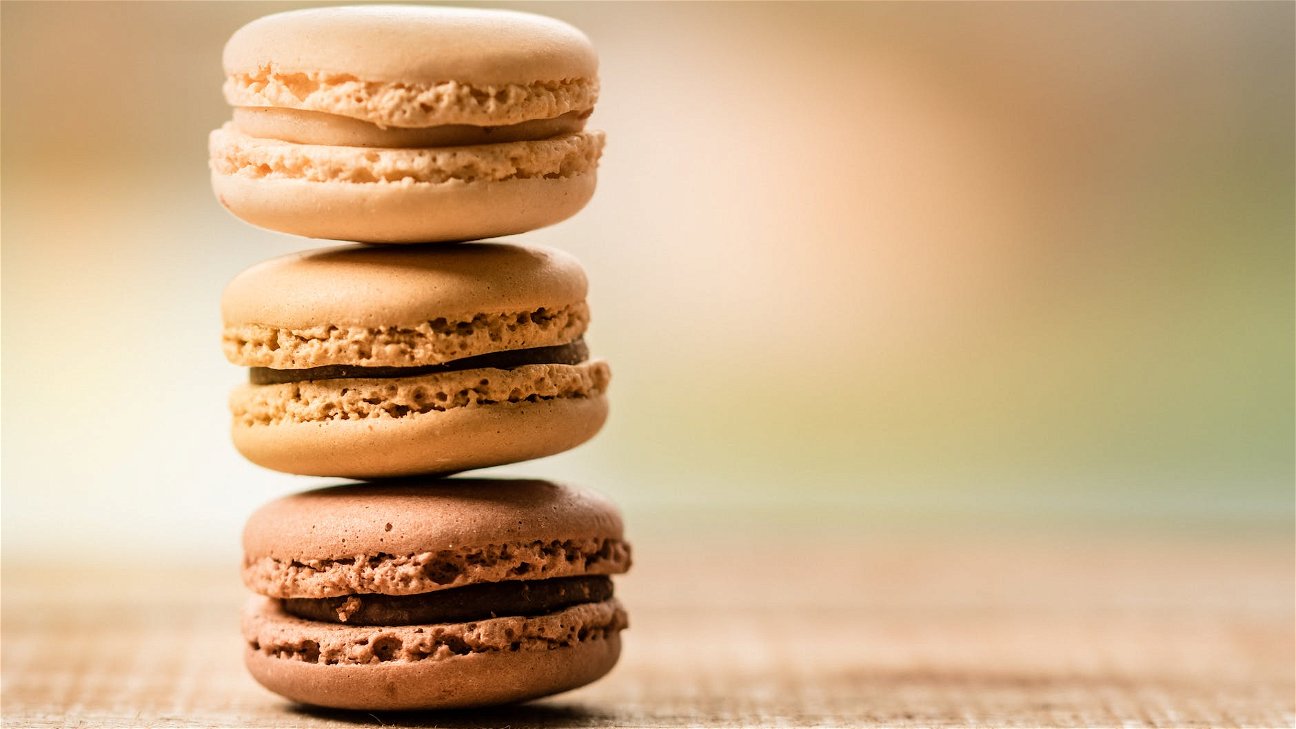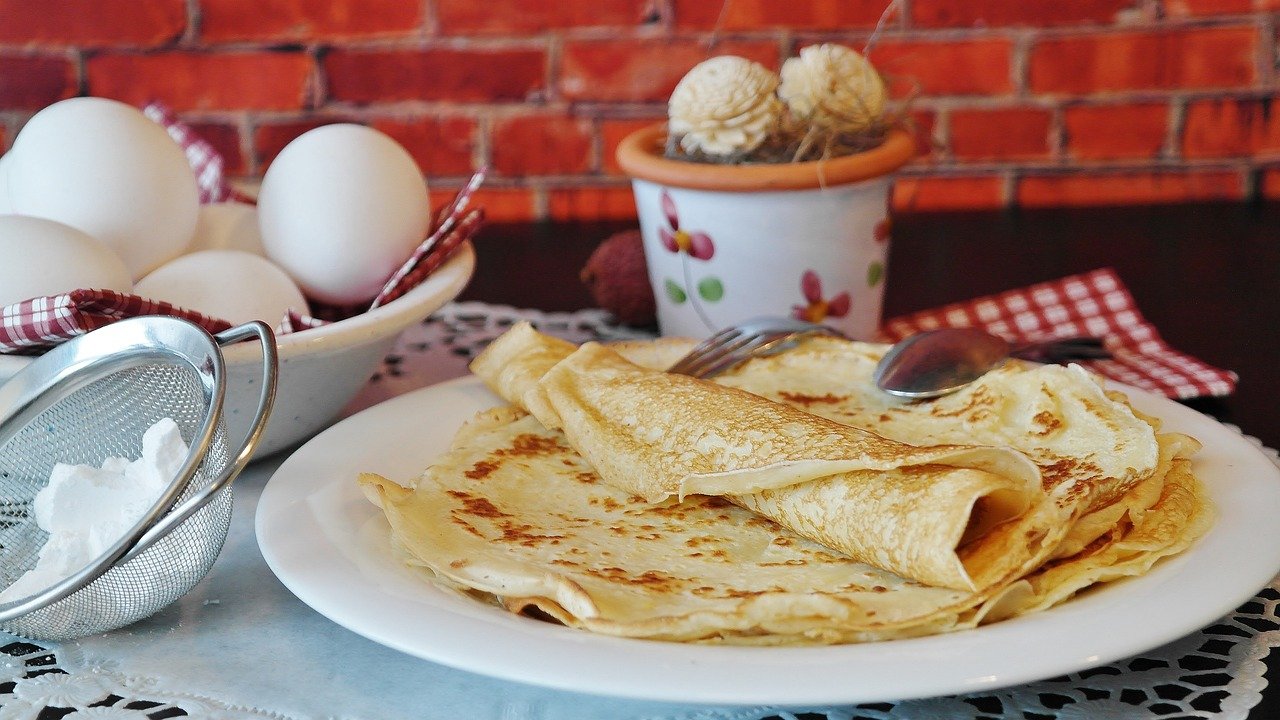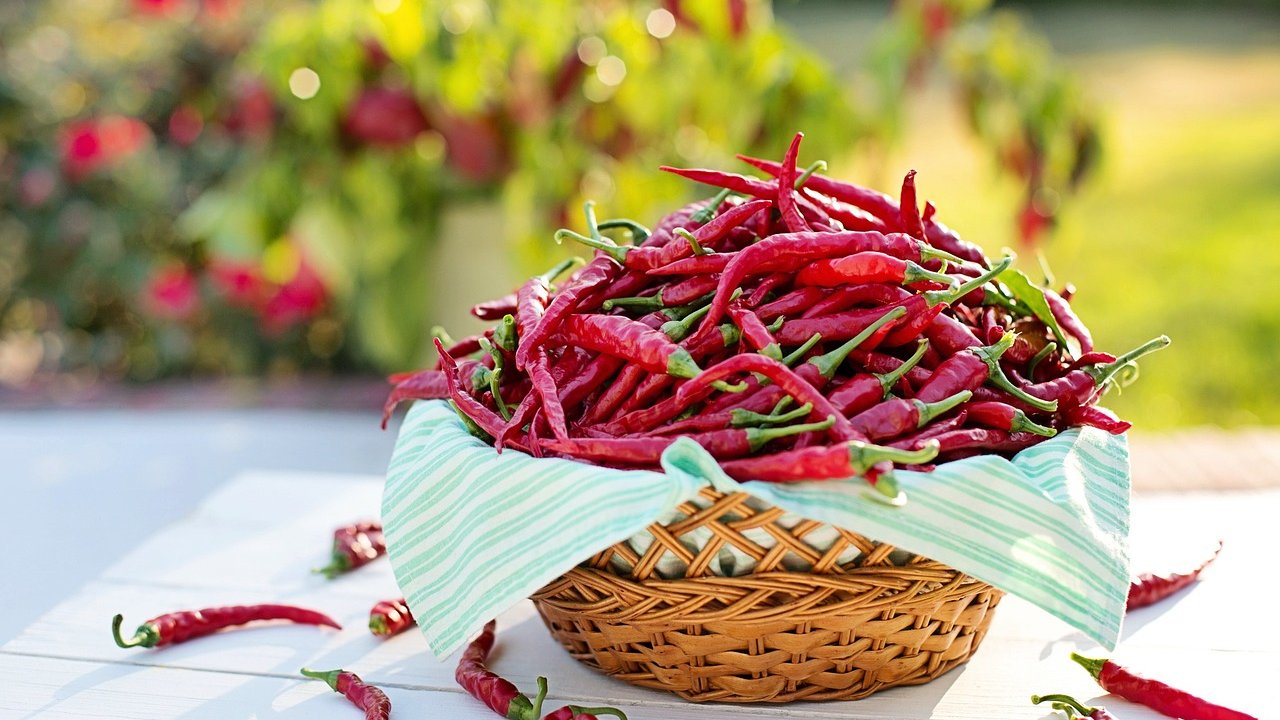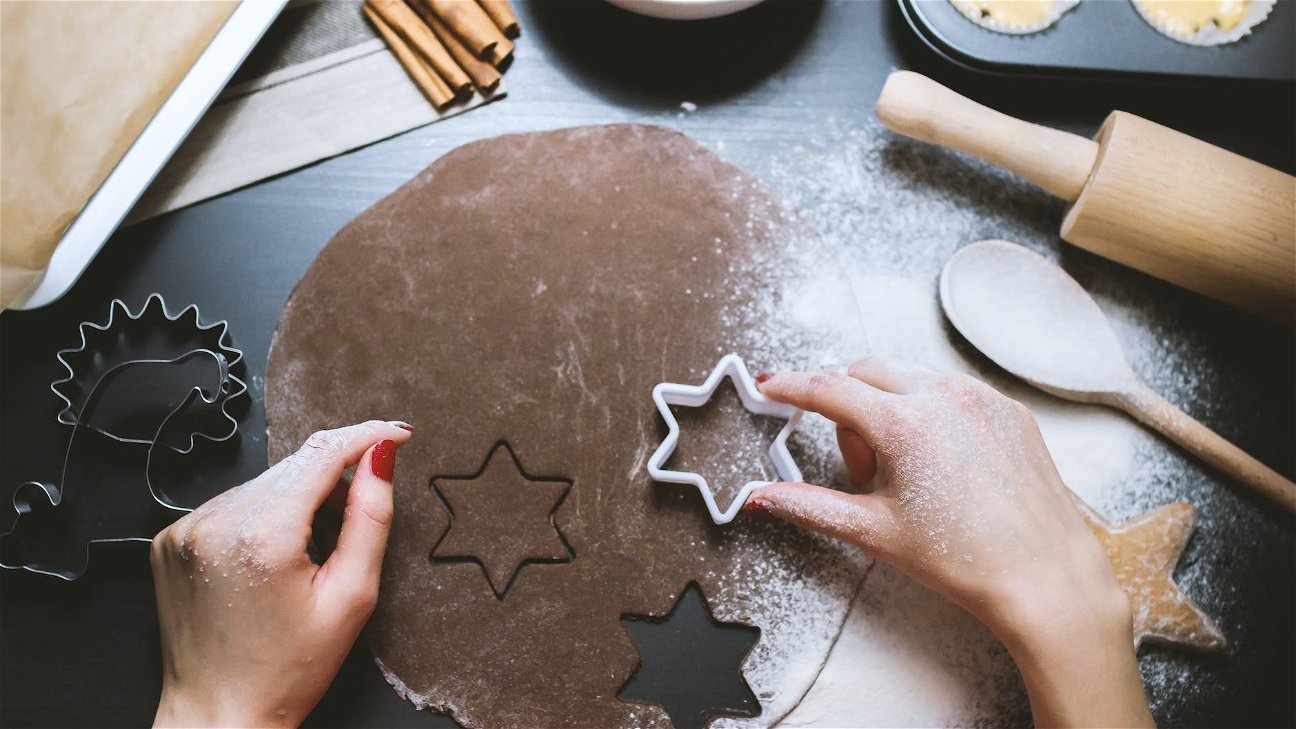
Salt may seem like a basic ingredient, but it plays a crucial role in baking. It not only enhances the flavor of your baked goods but also controls the action of yeast and improves the texture of bread. In this guide, we'll delve into the world of baking with different types of salts and how they can elevate your culinary creations.
Understanding the role of salt in baking
Salt is a flavor enhancer that heightens the taste of other ingredients. But its role doesn't stop at flavor. In bread baking, salt slows down yeast fermentation, strengthening the dough and giving it a better texture. It also acts as a preservative, extending the shelf life of your baked goods.
Types of salt used in baking
Let's look at the most common types of salt used in baking and how their unique properties can affect the outcome of your recipes.
-
Table salt: The most commonly used salt in baking, it's highly refined and has small crystals. Due to its fine texture, it dissolves quickly and evenly in doughs and batters.
-
Sea salt: Harvested from evaporated seawater, sea salt has slightly larger crystals and a more complex flavor profile. It's great for sprinkling on top of cookies or bread before baking.
-
Kosher salt: With its large, coarse crystals, kosher salt is easy to sprinkle by hand and provides a burst of flavor. It's ideal for use in bread doughs.
-
Rock salt: Also known as halite or ice cream salt, rock salt has large crystals and is typically not used in baking due to its high mineral content. However, it's popularly used in making ice cream at home for its ability to lower the freezing point.
-
Himalayan Pink Salt: Known for its beautiful pink color and high mineral content, it adds a subtle crunch and complex flavor to baked goods when used as a finishing salt.
How to choose the right salt for baking
Choosing the right salt for baking depends on the recipe and the desired outcome. If the recipe calls for a specific type of salt, it's best to use that. Otherwise, table salt is generally a safe choice due to its consistent granule size and flavor. For finishing or adding a burst of flavor, consider using sea salt or Himalayan pink salt.
Salt substitutions in baking
Sometimes, you might not have the type of salt required by the recipe. In such cases, you can substitute one type of salt with another. However, keep in mind the differences in crystal size and flavor intensity. For example, if you're substituting table salt with kosher salt, you'll need to use more kosher salt due to its larger crystal size.
Salt, though a small component in baking, can significantly impact the taste, texture, and overall quality of your baked goods. By understanding the different types of salts and their effects, you can experiment and find the perfect balance in your baking.

